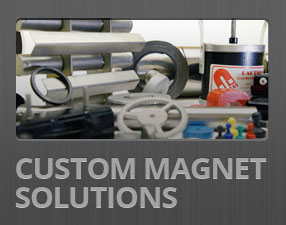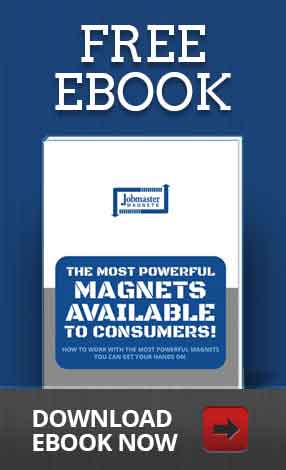The 6 most common questions about magnetic couplings
We receive a lot of questions about magnetic couplings. As part of our ongoing dedication to customer education, we’ve put together a quick reference point with the 6 most common questions we hear. Read on!
Is a pressure barrier necessary?
Not at all. The only situation where a pressure barrier is required involves an expected differential between the two components or a necessity to seal one area from the other.
Is there a speed limit on magnetic couplings?
The maximum speed of a magnetic coupling depends entirely on its design and use. A broad maximum speed rating is difficult, sometimes impossible, to define. A system can be designed to handle an unlimited speed value, mechanically. However, eddy currents induced in conductive materials are often a limiting factor. These currents lead to reduced force transmission and heating that will rival the efficiency of induction heaters in some applications.
What is the behaviour for hysteresis and eddy current couplings?
Eddy current devices have straight line torque speed characteristics. The torque increases in a linear way with the speed because the induced currents vary in magnitude with the speed of the rotating field.
The eddy current torque coupling converts energy to heat in the conductive device. Excess heat, if not removed, will increase the temperature of the conductive device and lead to reduced torque.
In hysteresis drag devices, torque is constant compared to rotational speed. If the hysteresis component is conductive, it will also generate eddy current torque. Eddy current torque is proportional to rotational speed.
Are these devices limited by size?
A limitless array of sizes and shapes can be used. Torque couplings ranging from the mNm range to the kNm range are in production today.
Do magnetic couplings float?
We hear this question more often than you think, so you shouldn’t feel silly asking it. Magnetic fields are never absolutely balanced and will always cause assemblies to shift to the lowest energy state. Mechanical support, including radial and thrust bearings, is necessary for every magnetic coupling.
Can I exceed the force/torque rating of my coupling? If so, what happens?
Because of the non contact nature of magnetic couplings, they are naturally resistant to overloading. For synchronous devices, an overload leads to a ratcheting effect as magnetic poles repel each other. If the vibration does not damage the system, the device will recouple or can be reset upon return to normal load. Permanent damage may occur to eddy current devices as a result of heating. The damage and heating is proportional to the length of time the overload is active. Brief overloading will allow the system to recouple itself.
We stock more than 1,000,000 magnets at all times and our custom solutions have been used in countless industries. Contact us today to learn more about custom magnetic coupling solutions for your business.














